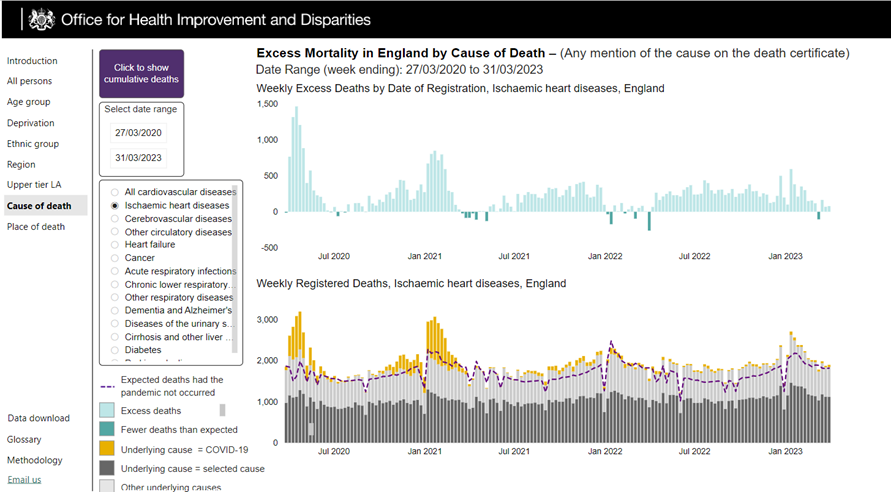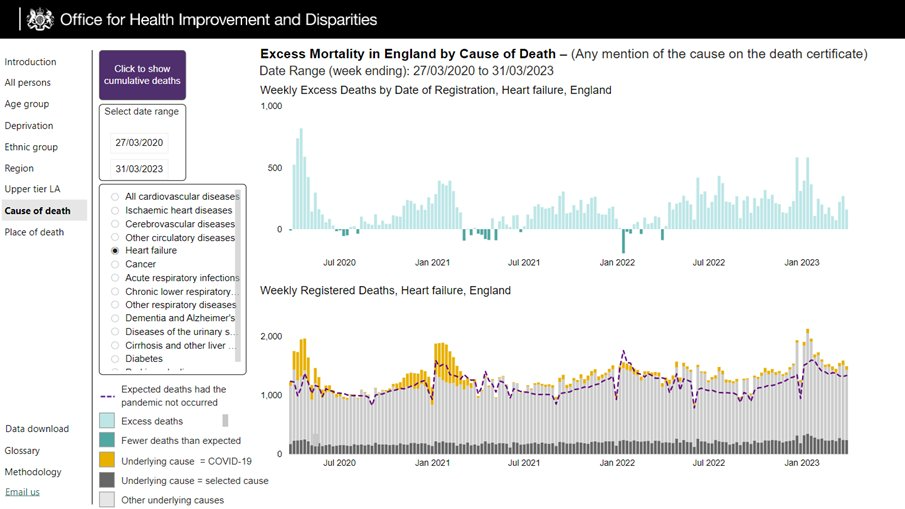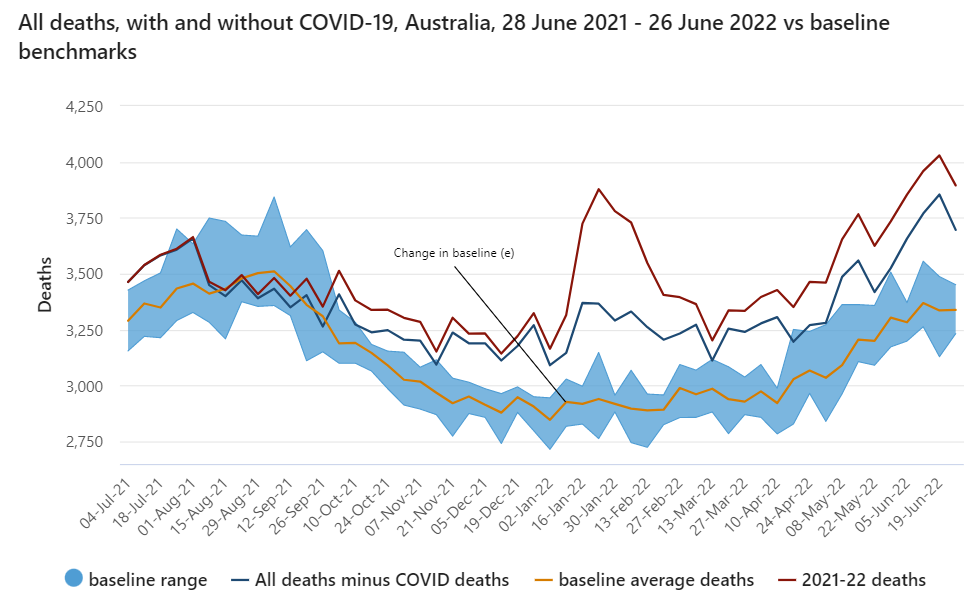
Overview of evidence around deaths
There is plenty of data that suggests concerning patterns emerging in terms of mortality rates among certain groups of people who received the covid vaccines. The number of deaths recorded in the vaccine group was higher than the placebo group in the Pfizer/BioNTech clinical trial, and there were more cases of cardiac and respiratory arrest in the vaccinated group. Furthermore, there has been a rise in cardiac deaths observed in several countries, separate from covid waves, with some data indicating a higher risk of death among younger males. These findings challenge the assumption that covid vaccines have saved millions of lives and raise important questions about the long-term safety of these products.
The number of overall deaths in the Pfizer/BioNTech trial was higher in the group given a vaccine, which had 15 deaths at 6 months, compared to 14 in the placebo group. There were 5 cases of cardiac or respiratory arrest in the group that received the Pfizer/BioNTech vaccine, compared to 2 in the placebo group.

If there was a small risk of increased death due to the vaccine in the period shortly after vaccination then this would be hard to detect in age groups where there were high numbers of background deaths. However, in younger age groups, where there are fewer deaths normally, a signal might be noted, and this is what we did actually see for 15-19 year old males. In females there was no signal.

Of the death reports entered into VAERS in 2021, there were 60% more males. This suggests these were not random but caused by spike induced pathology that also caused more males to die of covid.
England saw a stepwise rise in cardiac deaths separate from covid waves. This included deaths attributed to ischaemic heart disease:

and deaths from heart failure:

It is harder to accurately predict expected deaths in winter periods which is heavily dependent on how many frail there are and which respiratory viruses are circulating. A quiet winter for deaths in the elderly (which account for most deaths every year) in 2021/22 hides the high numbers of deaths in the young and cardiac deaths, if aggregated total numbers of deaths are being considered. Here are deaths in the 50-64 year old age group:

Australia also saw a rise in deaths before any significant covid and it has just got worse since. Note the government chose to plot covid infections rather than covid deaths on this chart. Apart from a quiet winter season in 2021, there was an excess mortality (red line) above the 2015-2019 baseline (orange line) which was more marked from February 2021. The bottom graph shows an additional dark blue line for total deaths minus covid deaths, however the orange baseline has not been adjusted to remove historical acute respiratory infection deaths so it is artificially high for the comparison.


A similar control group is Singapore which also had minimal covid prior to Omicron but saw an excess of cardiovascular deaths from 2021.
Some people have accepted that there were harms from these novel products but then justify it in their minds saying they saved millions of lives. The evidence does not support that position. The claims are based on fantasy modelling which supposes there would have been a huge increase in covid deaths in the absence of injections.

It is true that the deaths per case fell with Delta but we have no influenza data to compare that to. All we know is that for influenza each wave has a similar number of hospitalisations and deaths. Here is what happened to USA hospitalisations despite vaccination.

UK, Portugal and Ireland were outliers with a huge Jan 2021 spike and a more gradual Delta wave. It is not good science to look only at the outliers. Here are covid deaths per million in USA and Europe as a whole. It was Omicron that reduced mortality from Jan 2022.

We can further show this by looking at mortality in the first wave in places that did not have covid much before Omicron. These places reached 500-600 deaths per million by Nov 2022.

That was the same order as Europe saw in the first wave.

Finally there have been several studies demonstrating a correlation between geographical regions with high vaccination rates and their covid mortality in 2022. This is particularly damning given the marked socioeconomic differences between the vaccinated and unvaccinated populations which meant their pre-vaccination mortality rate was higher.
In conclusion, the data suggests that there may be a small risk of increased death immediately after vaccination evident from the data in younger males. The increase in deaths in the months after injection including the increases in cardiac and respiratory arrest, as well as the rise in excess mortality in countries with minimal COVID prior to the vaccine rollout, cannot be dismissed as mere coincidences. It is time for an honest conversation about the risks and benefits of these novel products. The reality is that the evidence does not support the notion that these injections saved millions of lives, and the harms and deaths caused by the vaccines cannot be ignored. It is crucial to move forward with a science-based approach and prioritise transparency and honesty to protect public health.
